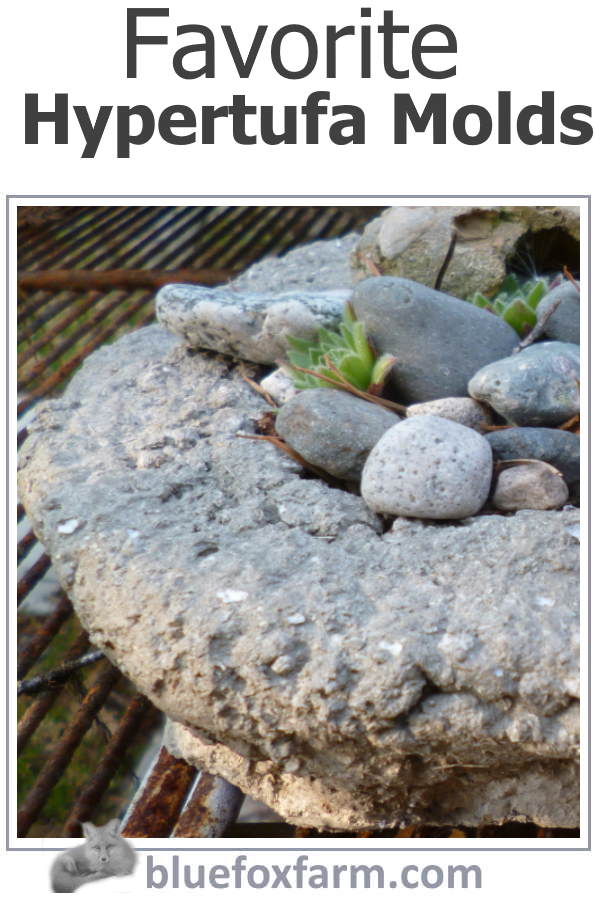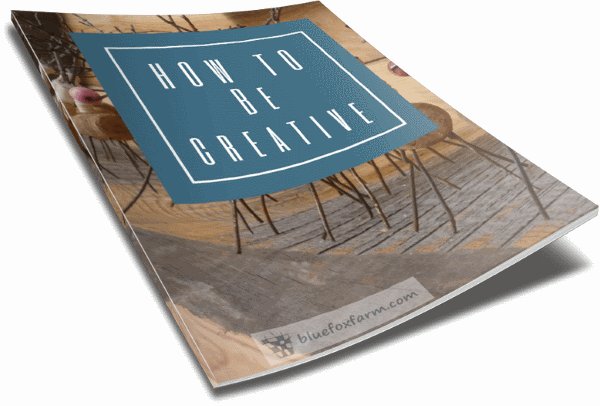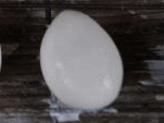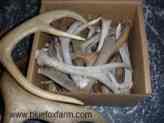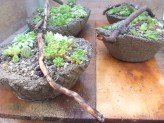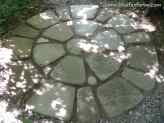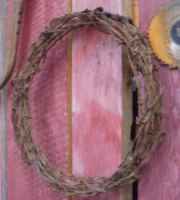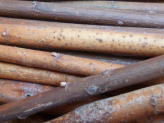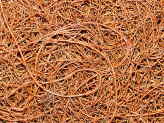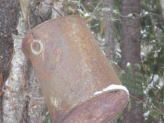Some of my Favorite Hypertufa Molds
are all around us
Jacki Cammidge, The Woman of Many Sticks, is a participant in the Amazon Services LLC Associates Program, an affiliate advertising program designed to provide a means for sites to earn advertising fees by advertising and linking to amazon.com. The cost to you, if you purchase something through my link, is the same.
Hypertufa molds can be almost anything, literally. I've used plastic containers from the thrift store, the recycle, or even simply a plastic bag draped over a pile of sand.
Here are some that I've saved up from various sources; I like the square shape with rounded corner types for a pot that is simple and classic.
This one is an ice cream container, made of firm but flexible plastic.
They are smooth enough inside for the finished pot to slide out of, if it's prepared properly with a thin piece of poly film or some kind of form release product like Pam (yes, the kind you use for spraying on baking dishes!)
I reuse them many times before they go back to the recycle bin.
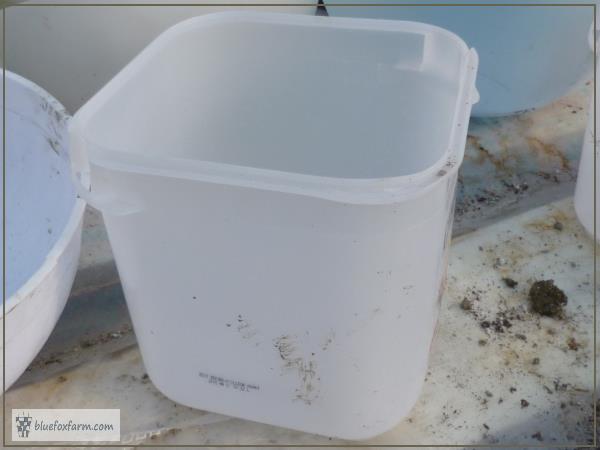 Square ice cream container
Square ice cream containerThe mold is lined with thin poly, molded to the corners, then the bottom is filled with hypertufa mix.
The height of the sides is variable, but the higher you get, the more chance there is of it collapsing.
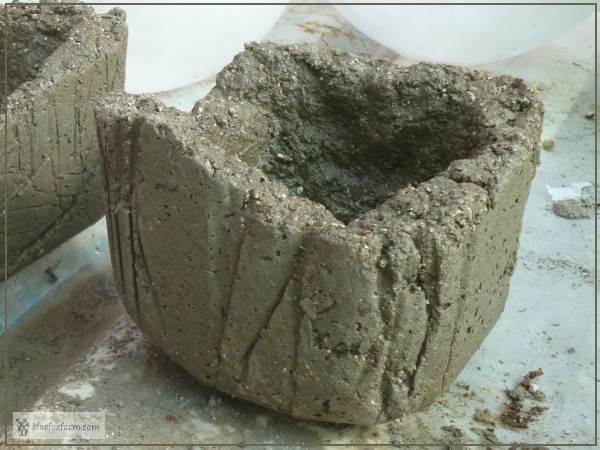 Hypertufa pot made in an ice cream container
Hypertufa pot made in an ice cream containerDried and cured, the pot is ready to plant. There is a drain hole in the bottom, which is essential if the plants are to be healthy.
Different thicknesses of poly film make different depths of creases, which gives it a great texture.
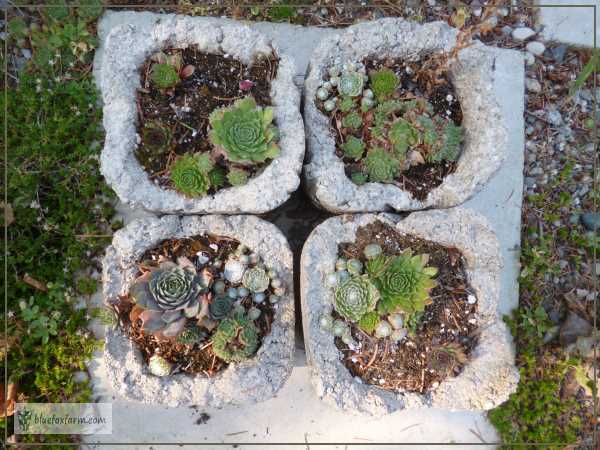 Four hypertufa pots grouped together
Four hypertufa pots grouped togetherThis size of pot is perfect for special succulents, geraniums or herbs.
So next time you're thinking of going all in on a hypertufa project, check the recycling bin first. There are so many things that you can use as a mold for this fascinating material.
You might need these supplies;
These links open in a new tab for your convenience;
Vinyl gloves to protect your hands.
Eyewash, just in case of a splash.
Rubber bands, to create texture on your plastic molds.
Bubble wrap, for a crinkly texture.
Honeycomb Packing - an alternative to bubble wrap, but even better.
Pam Cooking Spray, as a form release for the mold.
Plastic film to line the mold.
Learn what it takes to be creative - we all have the gene but how do we develop it? Get the free guide!
Fill in the form below for your copy;
(Don't be disappointed - use an email address that will accept the free download - some .aol email addresses won't.
If you don't see your download within a few minutes, try again with another email address - sorry for the bother.)
